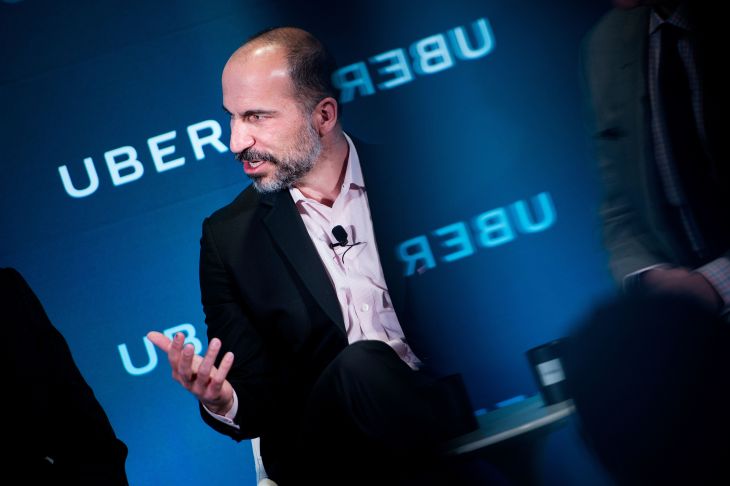
While Uber isn’t required to disclose its financial results, Uber has done so for the past few quarters as it gears up to go public next year. In Q2 2018, Uber’s net revenue was up 8 percent quarter-over-quarter, at $2.7 billion. Year-over-year, that’s a 51 percent increase.
Uber recorded gross bookings — the total taken for all of Uber’s transportation services — of $12 billion, a six percent quarter-over-quarter increase and a 41 percent year-over-year increase. But while Uber’s gross bookings increased, so did its losses. In Q2, Uber had adjusted EBITDA losses of $404 million compared to $304 million in losses in Q1.
Uber’s losses added up, given its investments in Eats, India, the Middle East, bikes and scooters. This quarter, Uber expanded Eats into a number of new cities in Europe, the Middle East and Africa, acquired food delivery startup Ando, announced its expansion of JUMP bikes into Europe and made its scooter ambitions official.
Other key stats for Uber’s Q2 2018:
Adjusted EBITDA margin: 3.4 percent of gross bookings (in Q2 ’17, that was 6.3 percent)
Gross cash: $7.3 billion (+1 billion quarter-over-quarter)
“We had another great quarter, continuing to grow at an impressive rate for a business of our scale,” Uber CEO Dara Khosrowshahi said in a statement. “Going forward, we’re deliberately investing in the future of our platform: big bets like Uber Eats; congestion and environmentally friendly modes of transport like Express Pool, e-bikes and scooters; emerging businesses like Freight; and high-potential markets in the Middle East and India where we are cementing our leadership position.”
While Uber technically had a good quarter, it doesn’t mean that all is well. Regarding Uber’s self-driving car efforts, the company has spent between $125 million and $200 million a quarter over the last 18 months, The Information reports. According to The Information’s sources, some of Uber’s investors are urging the company to get rid of its self-driving car program, which has been the source of many headaches at Uber as of late.
Uber declined to comment on The Information’s reporting.
In March, one of Uber’s self-driving cars struck and killed a pedestrian in Tempe, Arizona. In the weeks and months following the accident, Uber officially pulled the plug on its self-driving car operations in Arizona and laid off self-driving car operators in San Francisco and Pittsburgh.
As Uber prepares for its 2019 IPO, the name of the game is to reduce losses. In July, Uber shut down its self-driving trucks division. But Uber Freight, which matches drivers with cargo needing to be shipped, is reportedly on track to make $500 million in the next 12 months.
Meanwhile, Uber is aiming to take its ride-hail network into the skies with uberAIR. Uber’s plan is to develop and commercially deploy these air taxis by 2023. But in recent months, Uber has lost two key executives; Head of Policy for Autonomous Vehicles and Urban Aviation Justin Erlich and Uber Chief Product Officer Jeff Holden, who oversaw Uber Elevate, left the company.
Khosrowshahi will be joining us at Disrupt SF in September. You don’t want to miss it.
Image Credits: BRENDAN SMIALOWSKI/AFP /
Comments
Post a Comment